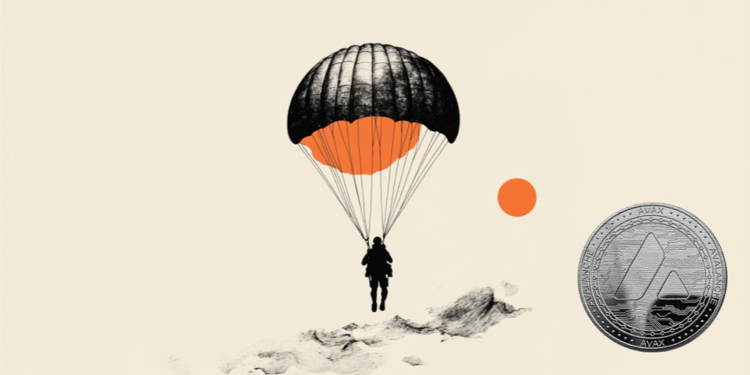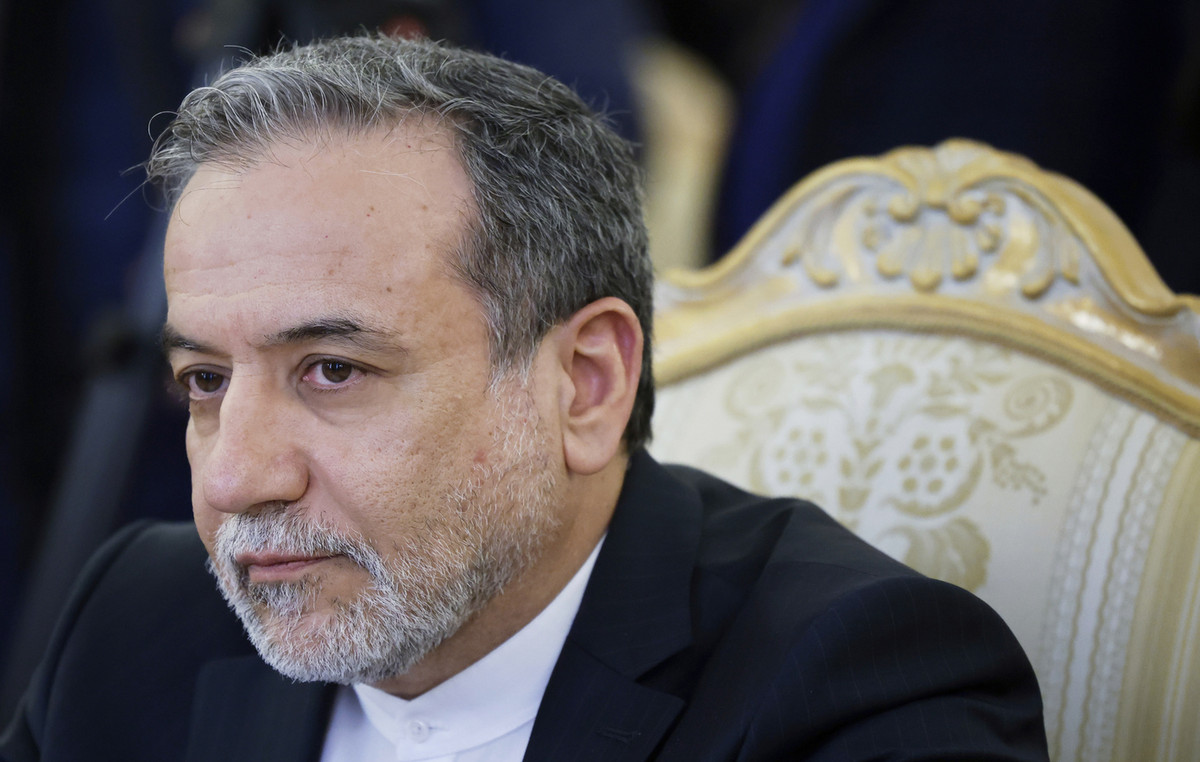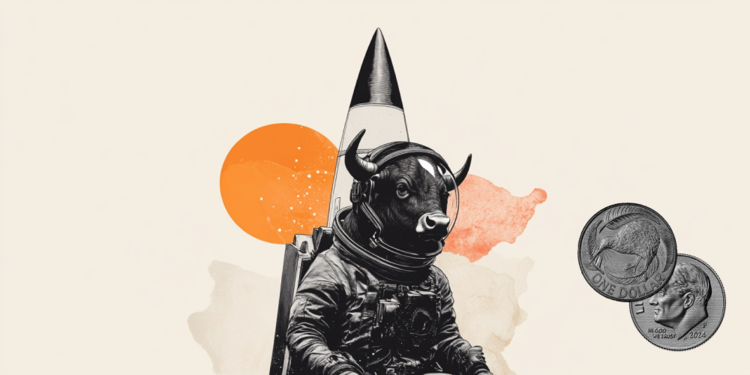Surgeons were about to saw through 80-year-old Aubrey Osteen’s chest after a heart attack in December 2020 when he suddenly became conscious.
“I said, ‘Wait a minute here before proceeding. Give me more anesthesia, you know? Well, it took me a minute to realize I wasn’t in the same dimension they were in, so they couldn’t hear me anyway.”
Osteen then watched his body “pass through the rib cage” and float above the operating table as the surgical team broke open his chest, removed his heart and began repairing the damage. Soon he heard someone say “kidneys”.
“Both kidneys closed at the same time — I knew I was dead. And that’s when I took it to the next level,” Osteen said. “When I got there, I was in the presence of God — a powerful presence — with a light shining behind him. The light was brighter than anything I’ve ever experienced here on Earth, but it wasn’t blinding.
“And there was the sweetest angel who comforted me and told me, ‘Relax. Everything is going to be okay’ and that I would have to come back,” said Osteen, now 82.
“Now I know I was sent back to tell others about my experience.”
Near-death experiences
What happened to Osteen that winter day is what experts call a “near death experience”. It can occur when doctors bring a person back to life after their heart stops working and their breathing stops — which happens when a person dies for any reason, not just during a heart attack.
Millions of people have reported near-death experiences since cardiopulmonary resuscitation, better known as CPRwas invented in 1960, said Sam Parnia, a critical care physician at NYU Langone Health who has researched the phenomenon for decades.
Parnia is the senior author of a new study aimed at uncovering what he calls the “hidden consciousness” of death by measuring electrical activity in the brain when the heart stops and breathing stops.
“Many people report the same experience. Their consciousness has become more intense and vivid, and their thinking has become sharper and clearer, while doctors like me try to revive them and think they are dead,” said Parnia, associate professor at NYU Grossman School of Medicine, in New York.
“They have the feeling that they are separate from their body and can see and hear doctors and nurses, and they were able to report what the doctors were doing to them in a 360-degree way that is inexplicable to them,” he added.
Furthermore, people often review their entire lives, remember thoughts, feelings and events that they normally could not, and begin to evaluate themselves based on principles of morality and ethics. It’s a “global understanding of their behavior throughout their lives where they can no longer fool themselves,” Parnia said.
People also report seeing a God-like being, which, according to Parnia, can be interpreted in different ways: “If you happen to be a Christian, you say, ‘I saw Jesus’ and if you happen to be an atheist, you say ‘ I saw this incredible form of love and compassion. All of this was reported more than 60 years ago.”
Recording brainwaves during CPR
In the study, published Thursday in the journal Resuscitation, teams of trained personnel at 25 hospitals in the United States, United Kingdom and Bulgaria followed doctors into rooms where patients were “coded” or “technically dead,” Parnia said.
While doctors performed CPR, research teams attached devices that measured oxygen and electrical activity to the dying person’s head. The average resuscitation attempt lasted between 23 and 26 minutes. However, some clinicians continued to perform CPR for up to an hour, the study found.
“Resuscitation is a very tense and challenging circumstance. It’s a very high intensity,” he said. “No one has ever done this before, but our independent research teams have successfully performed the procedures without interfering with patients’ medical care.”
Brain activity was measured at two- or three-minute intervals when doctors had to stop chest compressions or electric shocks to see if the patient’s heart restarted, Parnia said.
“There was no movement. It was silent. That’s when we would take measurements to see what was going on. We found that the brains of people experiencing death are stagnant, which is what we would expect,” Parnia said.
“But interestingly, even after an hour of resuscitation, we saw spikes — the emergence of electrical activity in the brain, the same as when I speak or concentrate deeply,” he added.
These spikes included gamma, delta, theta, alpha and beta waves, according to the study.
Unfortunately, only 53 of the 567 people in the study, or 10%, were brought back to life. Of these, 28 people were interviewed to find out what they could remember about the experience. Only 11 patients reported being conscious during CPR and only six reported a near-death experience.
However, these experiences were categorized along with testimonies from 126 cardiac arrest survivors who were not in the study, and “we were able to show very clearly that the recorded death experience — a sense of separation, a review of your life, going to a place that feels like home and then a recognition that you need to come back — were very consistent among people all over the world,” Parnia said.
Furthermore, the study took the recorded brain signals and compared them with brain signals made by other studies on hallucinations, delusions and illusions and found that they were very different, he added.
“We were able to conclude that the remembered death experience is real. It occurs with death and there is a brain marker that we have identified. These electrical signals are not being produced as a trick of a dying brain, as many critics have said.”
Did the study actually measure consciousness?
Some experts in the field were less convinced by the study’s findings, which were first presented in scientific sessions in November 2022 and widely covered by the media.
“This latest report of persistent brain waves after cardiac arrest has been exaggerated by the media. In fact, his team showed no association between these brain waves and conscious activity,” said Bruce Greyson, Carlson Professor Emeritus of Psychiatry and Neurobehavioral Sciences at the University of Virginia School of Medicine in Charlottesville.
“That is, patients who had near-death experiences did not have the reported brain waves, and those who had the reported brain waves did not report near-death experiences,” Greyson told CNN by email.
Greyson, who was not involved in the new study, is co-editor from “The Handbook of Near-Death Experiences: Thirty Years of Investigation.” He and cardiologist Pim van Lommel, a Dutch researcher and writer on near-death experiences, sent comments to the journal for publication along with the new study.
They pointed to the study’s claim that “two of the 28 subjects interviewed had EEG data but were not among those with explicit cognitive recall.”
“All that (the study) showed is that in some patients there is ongoing electrical activity in the head that occurs during the same period that other patients report having NDEs (near-death experiences),” Greyson said.
It’s true that the study wasn’t able to match electrical activity with a near-death experience in the same patient, Parnia said.
“Our sample size wasn’t big enough. Most of our sample didn’t live, so we didn’t have hundreds of survivors. This is the reality,” he said. “Of those who survived and had readable electrocardiograms, 40% of them showed that their brain waves went from flat to normal signs of lucidity.”
Additionally, Parnia said, people who survive often have fragmented memories or forget what they experienced due to heavy sedation in intensive care.
“The absence of registration does not mean there is an absence of awareness,” said Parnia. “Ultimately, what we’re saying is, ‘This is the great unknown. We are in unknown territory. And the main thing is that they are not hallucinations. This is a real experience that emerges with death.”
See too
VIDEO – How does science explain the near-death experience?
Source: CNN Brasil
I am an experienced journalist and writer with a career in the news industry. My focus is on covering Top News stories for World Stock Market, where I provide comprehensive analysis and commentary on markets around the world. I have expertise in writing both long-form articles and shorter pieces that deliver timely, relevant updates to readers.







